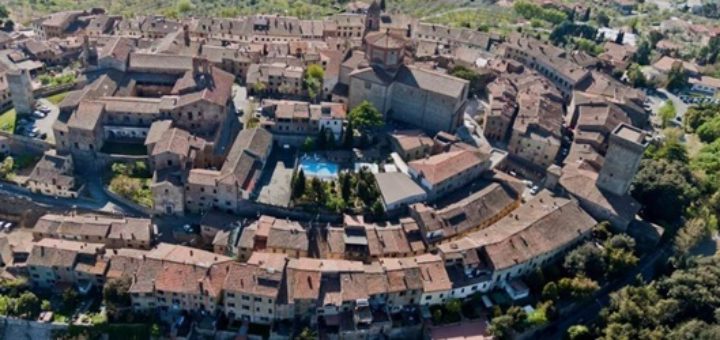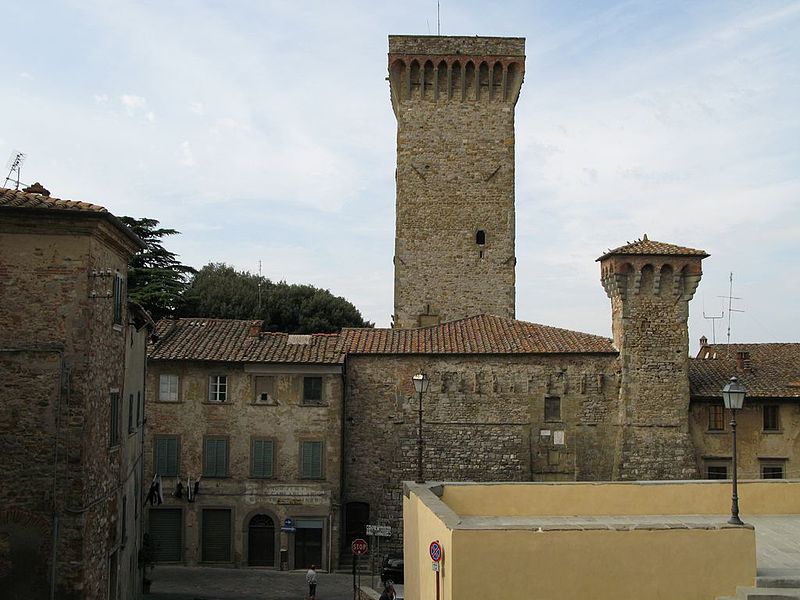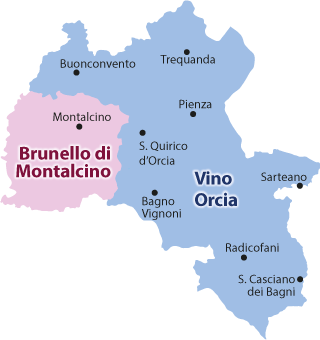
The architectural aspect of lucignano is very singular, especially for the notable difference between the buildings of the two parts of the old town. Entering in fact from Porta San Giusto there are two roads: via Roma that goes left and via Matteotti that turns right. The first one is traditionally known as “via povera”, as the most humble families lived there in ancient times, and is distinguished by the presence of medieval buildings with small dimensions. The second one is instead called “via ricca” and here once lived the noble families of the village, as witnessed by the elegant buildings in Renaissance style.
The remarkable beauty of the historical centre of lucignano has meant that today the village is decorated with the Orange Flag of the Italian Touring Club.
Main places of interest
- The Church of San Biagio, built where the ancient Romanesque church of San Felice (1016) stood, of which the bell tower still remains;
- The Praetorian Palace (12th century), currently used as the seat of the municipality;
- The Church of San Francesco (XIII century), in Gothic style, decorated inside with valuable frescoes by Sienese artists of the XIV and XV century including Taddeo di Bartolo and Bartolo di fredi. Significant is the scene, on the right wall of the nave, with The Triumph of Death;
- The Municipal Museum



